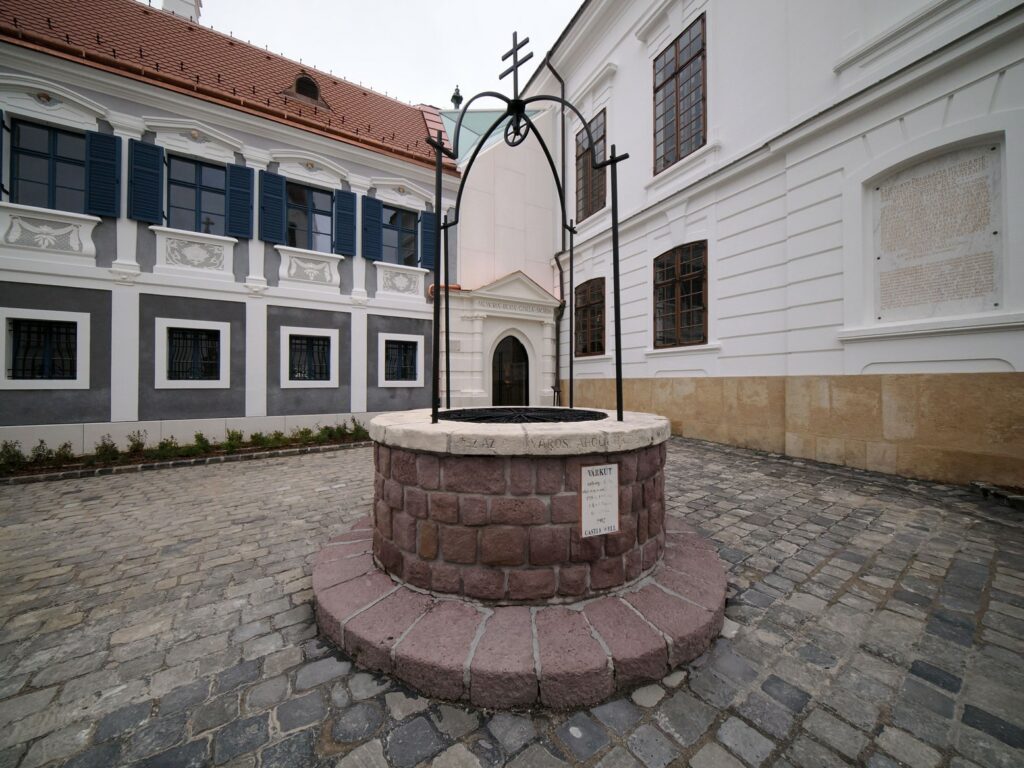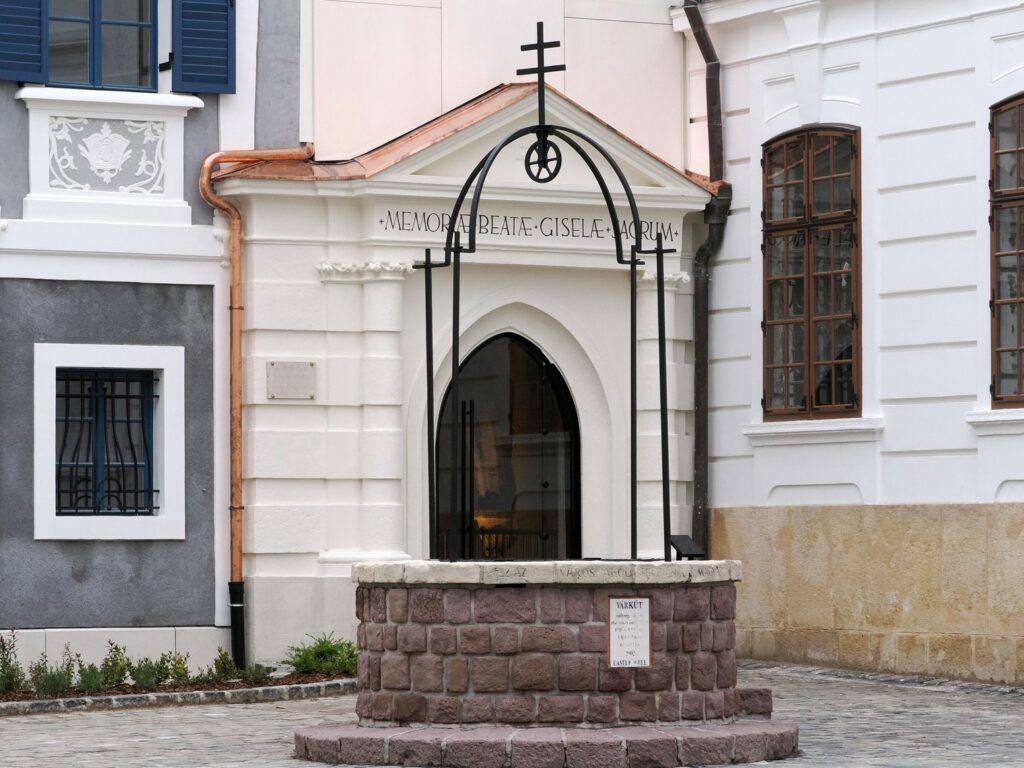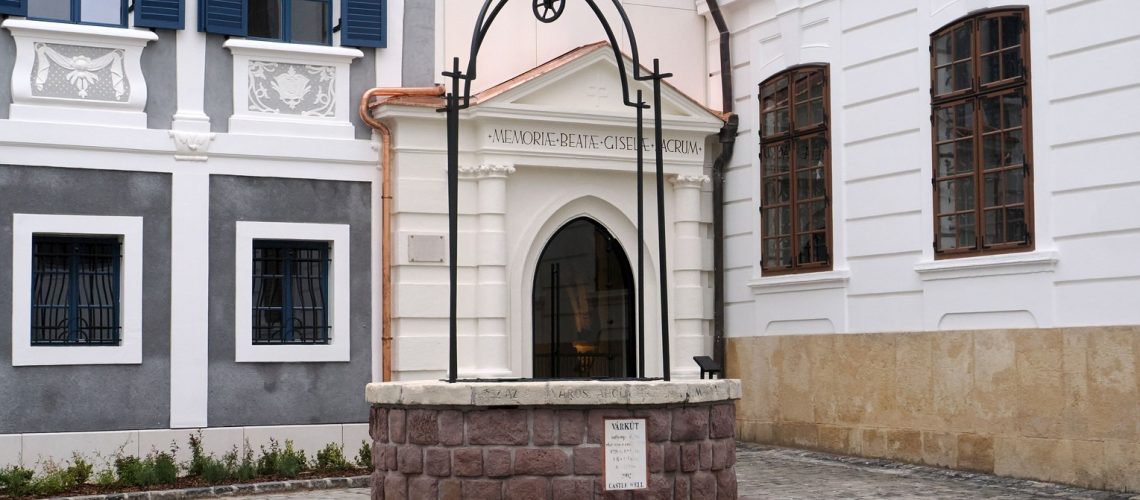Situated between the Archbishop's Palace and the Great Provost's House, the floor of this small, single-nave, two-storey Gothic chapel, a construction of rare design in entire Europe, is situated lower than the present street level.
Its architecture and Italiano-Byzantine style of decoration may date from the same period as its construction. It was built in the second half of the 13th century and is probably contemporary with the Gothic part of the cathedral dating from the 13th century and the contemporary reconstruction of the St. George's Chapel.
Its sacral function had partly diminished by the modern period, and the lower level was used for wine storage in the first half of the 18th century. Although it was restored in 1938, the Baroque furnishings and repaintings were removed, the sanctuary window was narrowed and the shape of the chapel was changed to the form seen today.
In the late 1980s, archaeological excavations began under the leadership of Alán Kralovánszky, but actual restoration had to wait until 1990.
A Püspöki és Nagypréposti palota között elhelyezkedő, a mai terepszintnél mélyebben fekvő, kisméretű, egyhajós gótikus kápolna. A kápolna itáliai-bizánci stílusigazodású kifestése, egykorú lehet az építéssel.
A XIII. század második felében épült, és vélhetőleg egyidős a székesegyház XIII. században épült gótikus részével, valamint a Szent György-kápolna újjáépítésével. Szakrális funkciója az újkorban részben megszűnt, így a XVIII. század első felében már bortárolásra használták az alsó szintet.
1938-ban sor került ugyan a restaurálásra, de eközben a barokk berendezést és átfestéseket eltávolították, a szentélyablakot beszűkítették, és alakult ki a ma is látható formája.
Az 1980-as évek végén Kralovánszky Alán vezetésével elkezdték a régészeti feltárásokat, a tényleges helyreállításra azonban 1990-ben kerülhetett sor.






